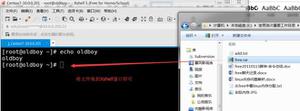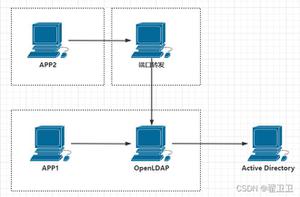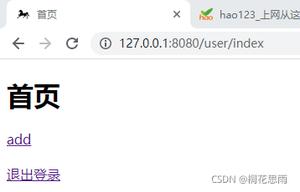如何查看 python 的 functools.partial 修饰的对象?

import functools# 原始函数
def multiply(x, y):
return x * y
# 使用 functools.partial 创建一个新的可调用对象
partial_function = functools.partial(multiply, y=2)
# 查看 partial_function 的类型
print(type(partial_function))
比如上面的代码,输出就是
<class 'functools.partial'>但是我想知道这个 partial_function 到底修饰了哪个 func 或者 class,怎么知道呢?
回答:
用 partial_function.func
partial object
partial Objects
partial objects are callable objects created by partial(). They have three read-only attributes:
partial.funcA callable object or function. Calls to the partial object will be forwarded to func with new arguments and keywords.partial.argsThe leftmost positional arguments that will be prepended to the positional arguments provided to a partial object call.partial.keywordsThe keyword arguments that will be supplied when the partial object is called.partial objects are like function objects in that they are callable, weak referencable, and can have attributes. There are some important differences. For instance, the
__name__and__doc__attributes are not created automatically. Also, partial objects defined in classes behave like static methods and do not transform into bound methods during instance attribute look-up.
回答:
我知道了,可以用 .func 属性获取
import functoolsdef multiply(x, y):
return x * y
# 使用 functools.partial 创建一个新的可调用对象
partial_function = functools.partial(multiply, y=2)
print(partial_function.func)
输出
<function multiply at 0x100f97eb0>如果被修饰的是 class,也是一样的
import functoolsclass Mclass:
def __init__(self,y:int) -> None:
pass
# 使用 functools.partial 创建一个新的可调用对象
partial_function = functools.partial(Mclass, y=2)
print(partial_function.func)
输出
<class '__main__.Mclass'>以上是 如何查看 python 的 functools.partial 修饰的对象? 的全部内容, 来源链接: utcz.com/p/939027.html






